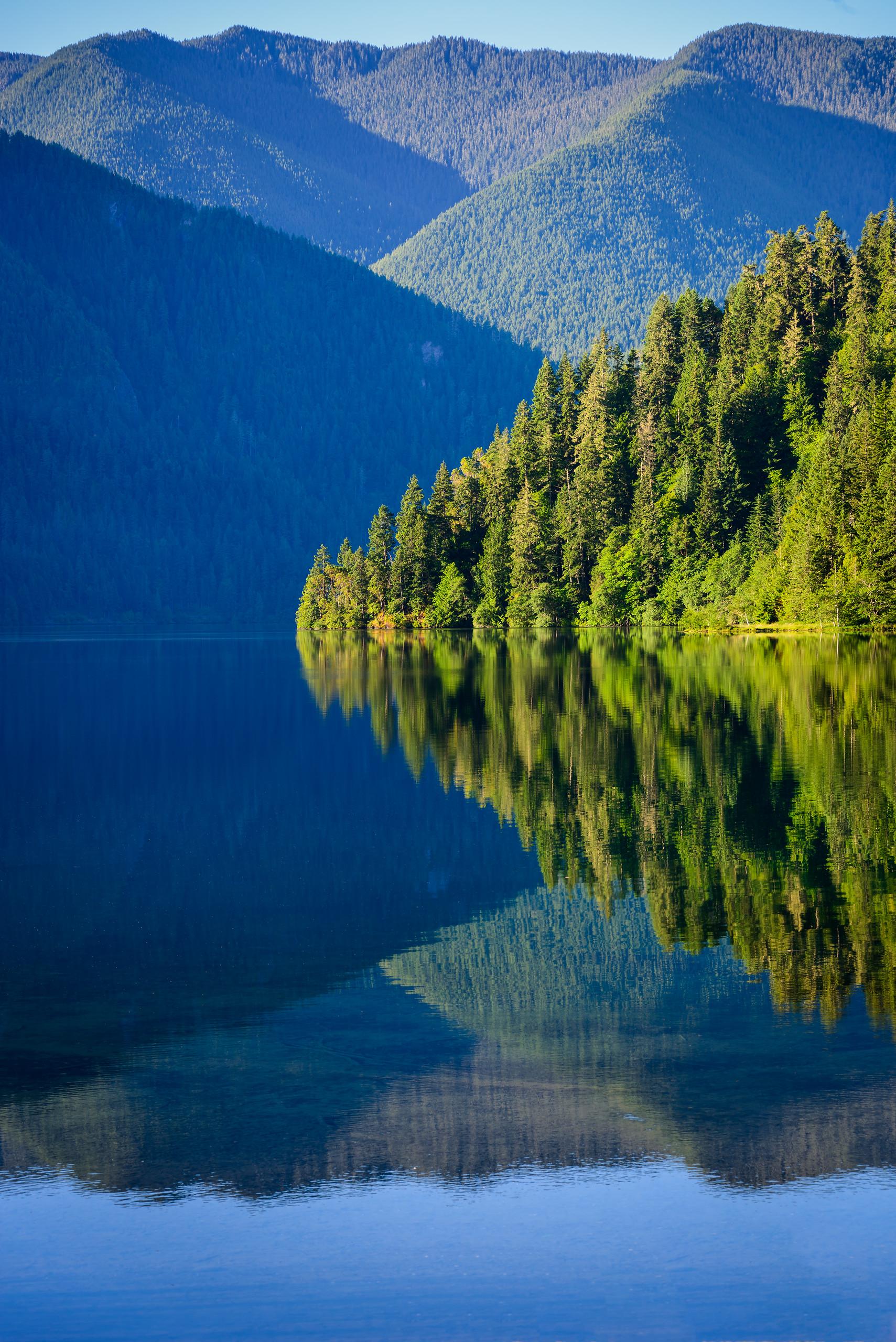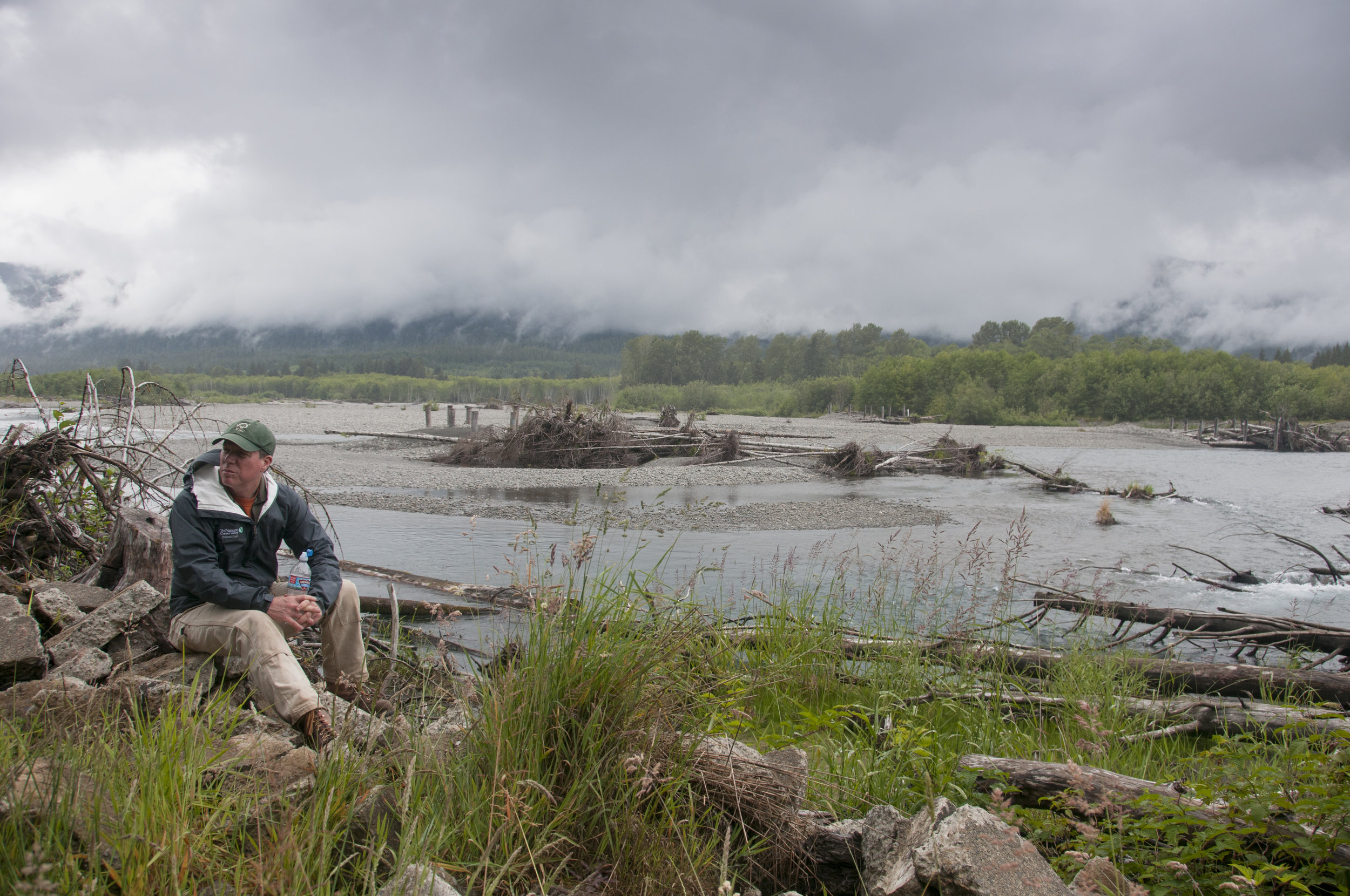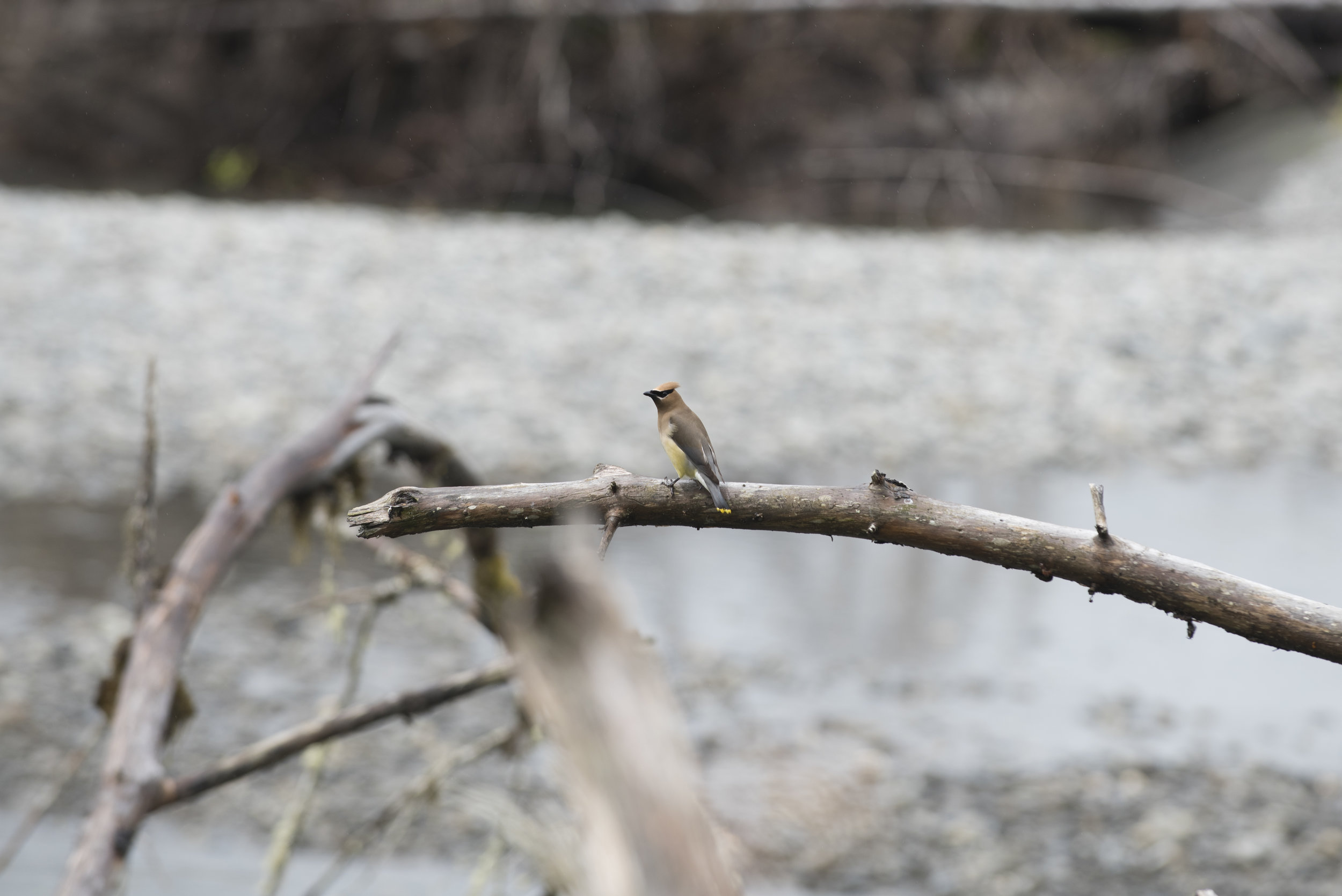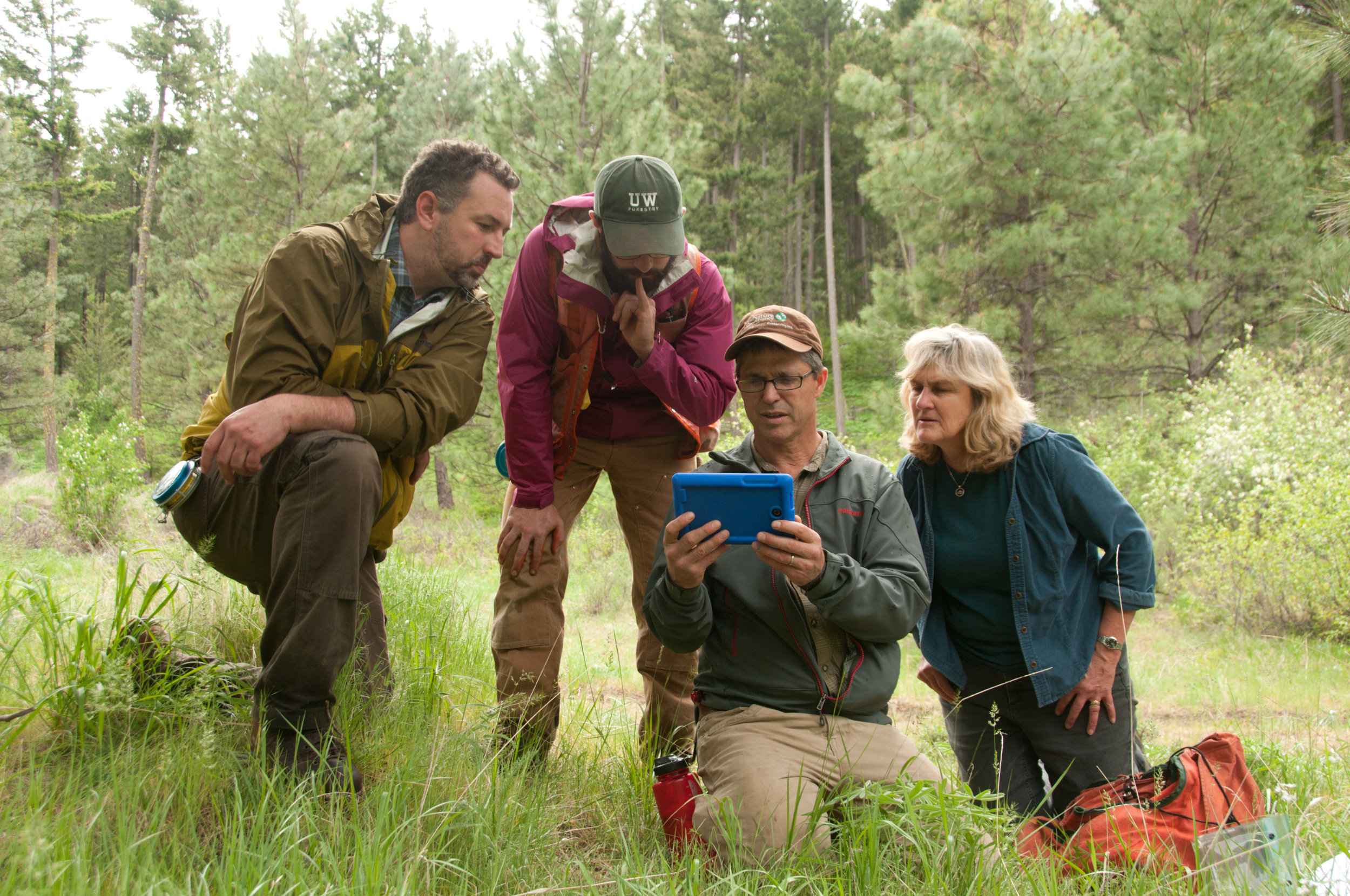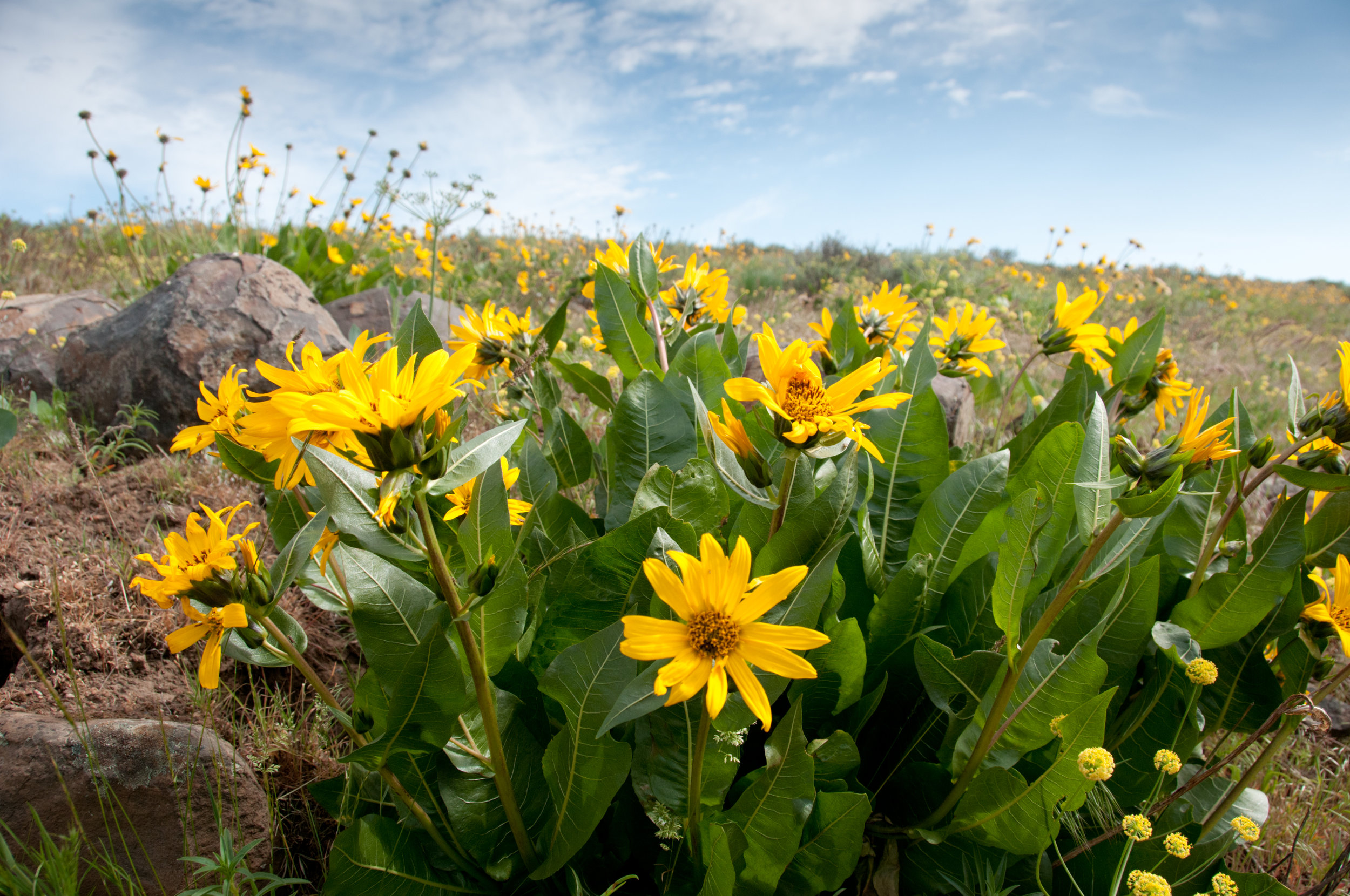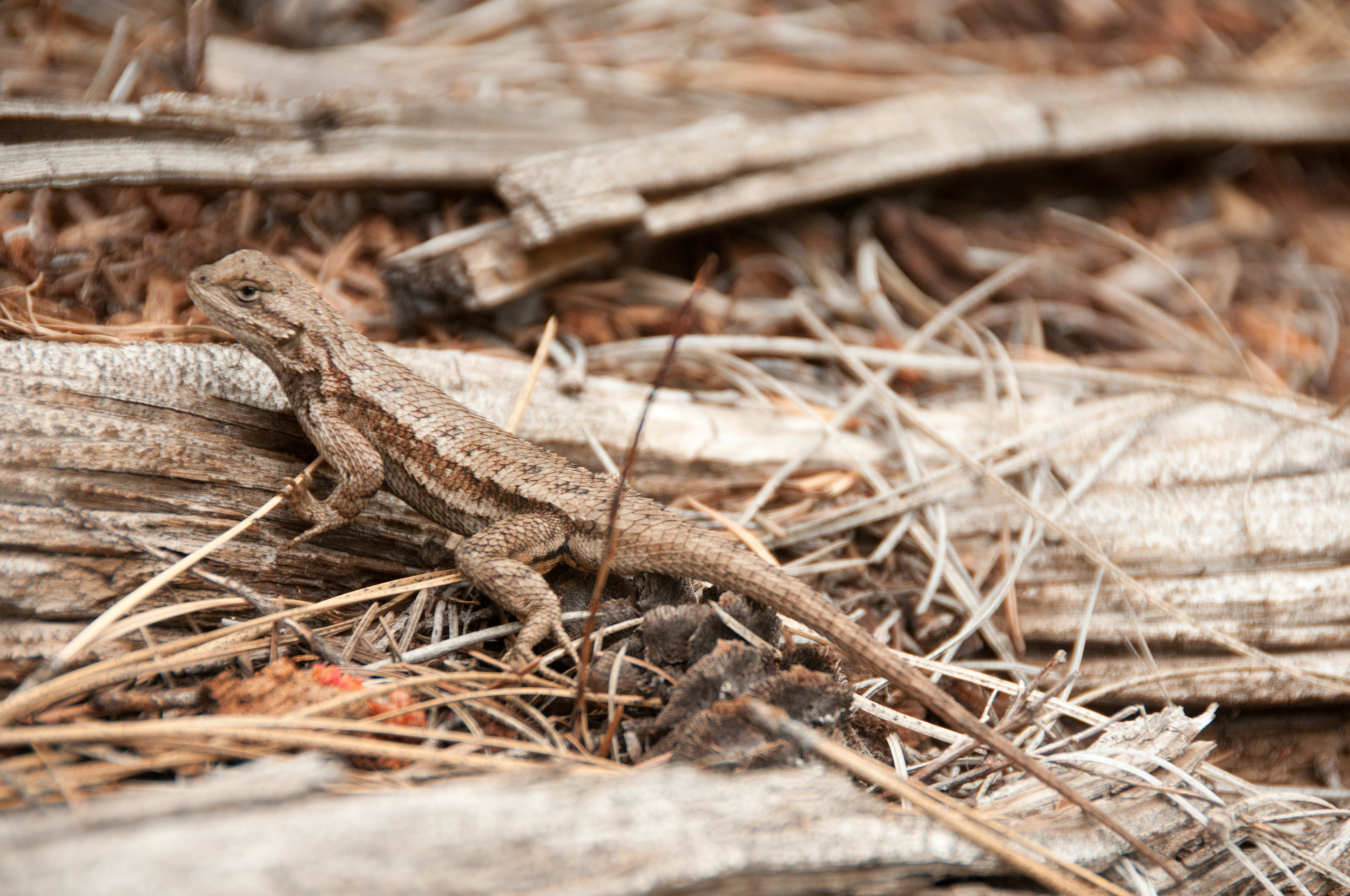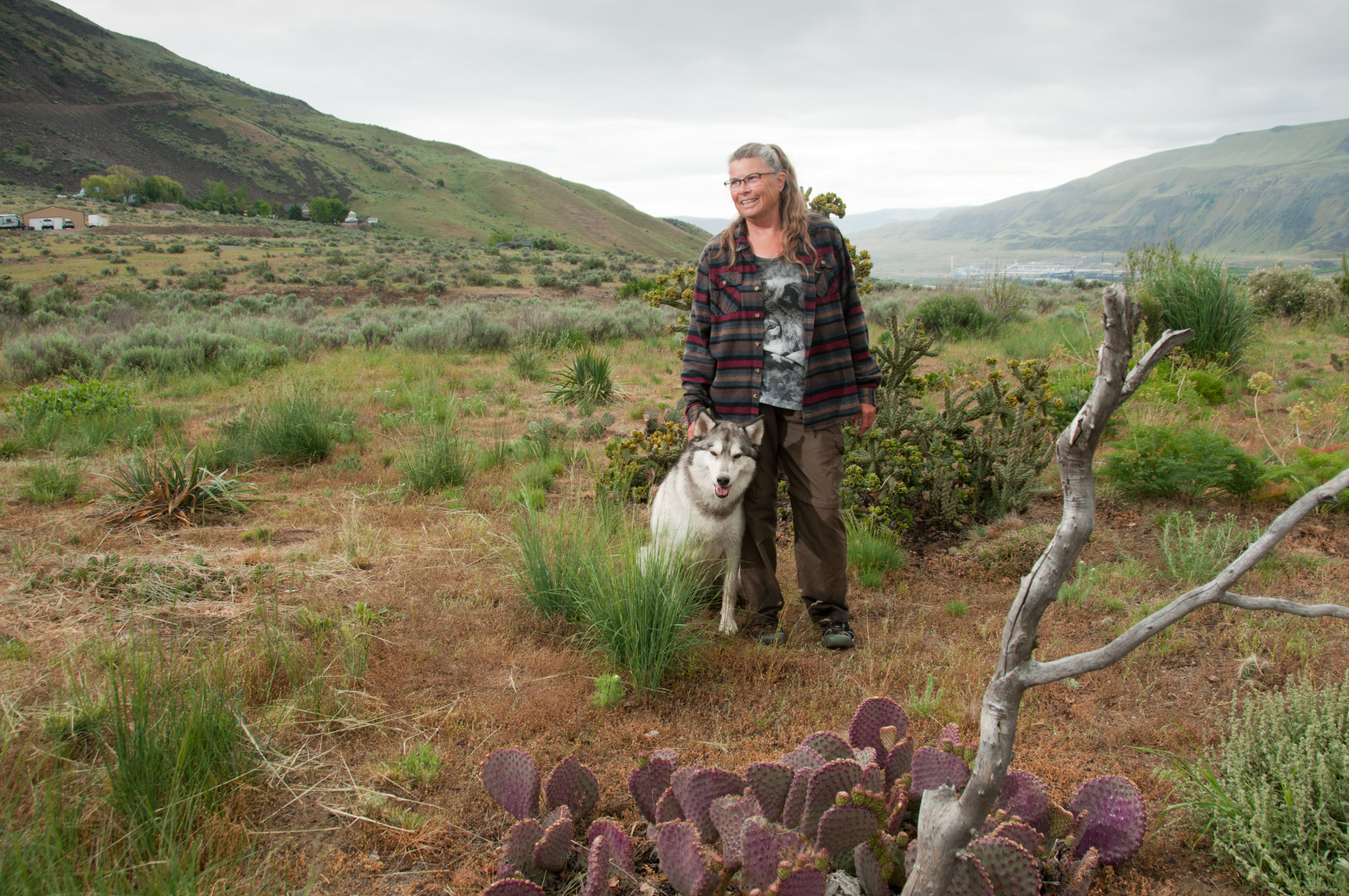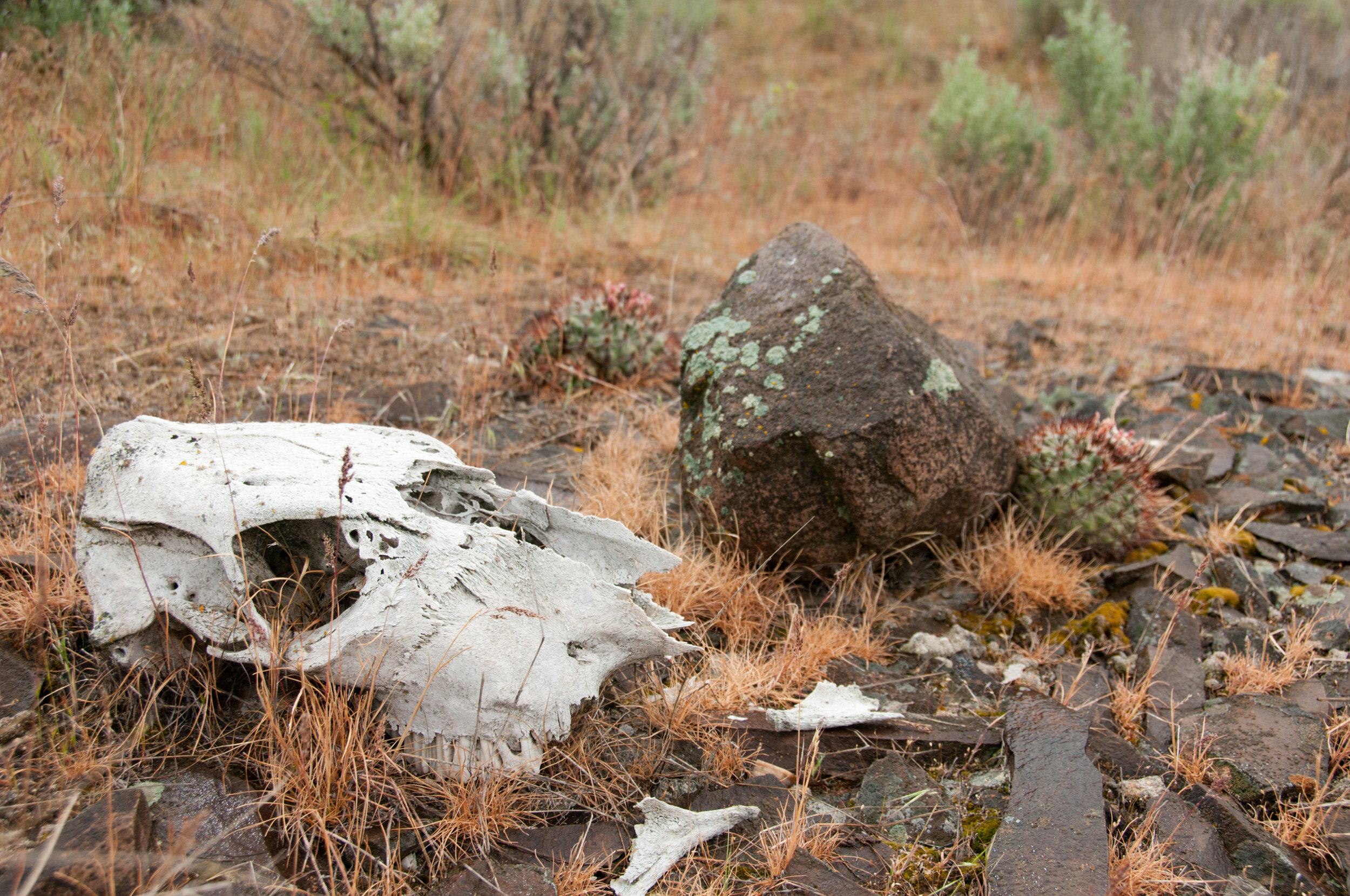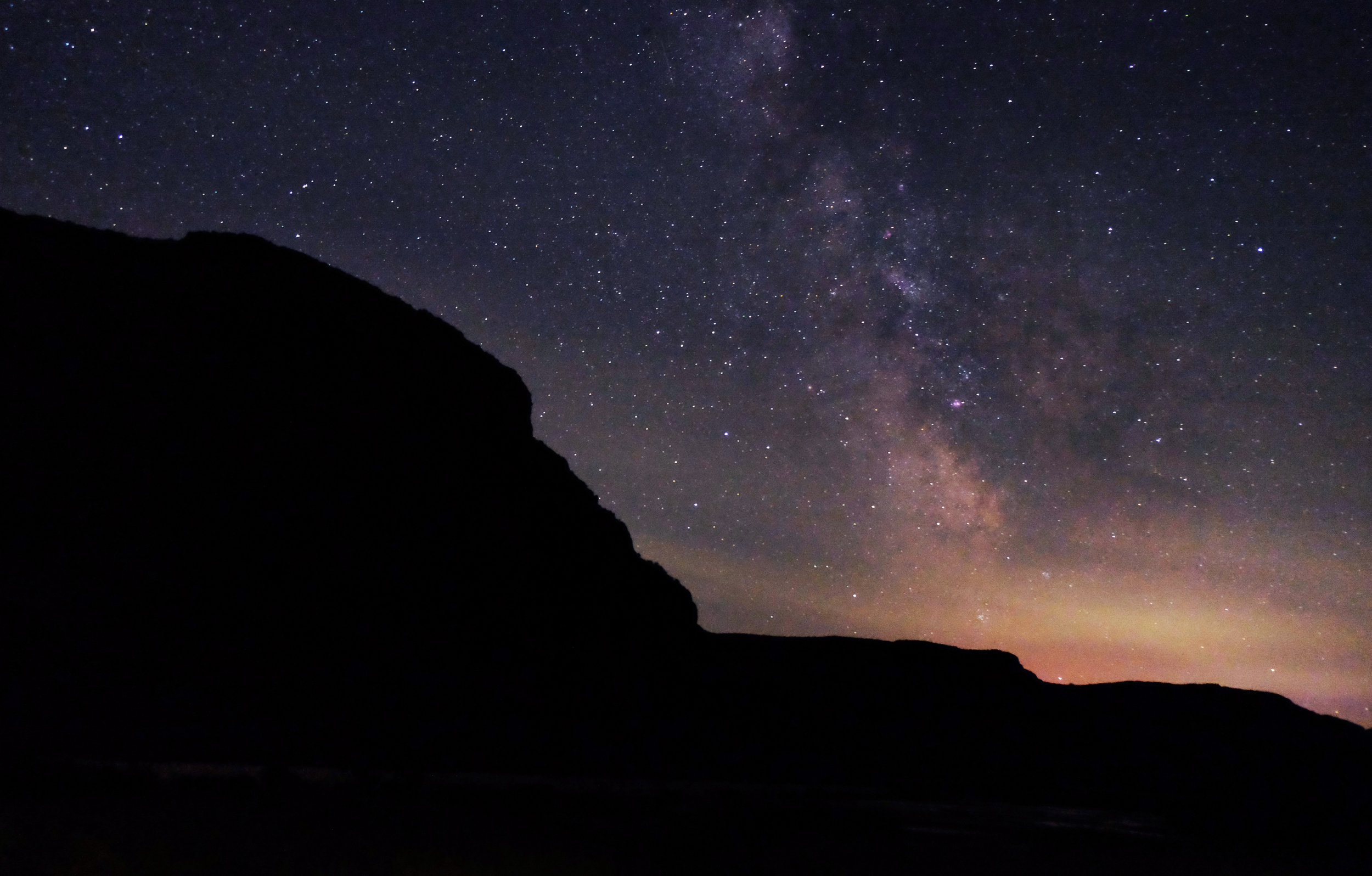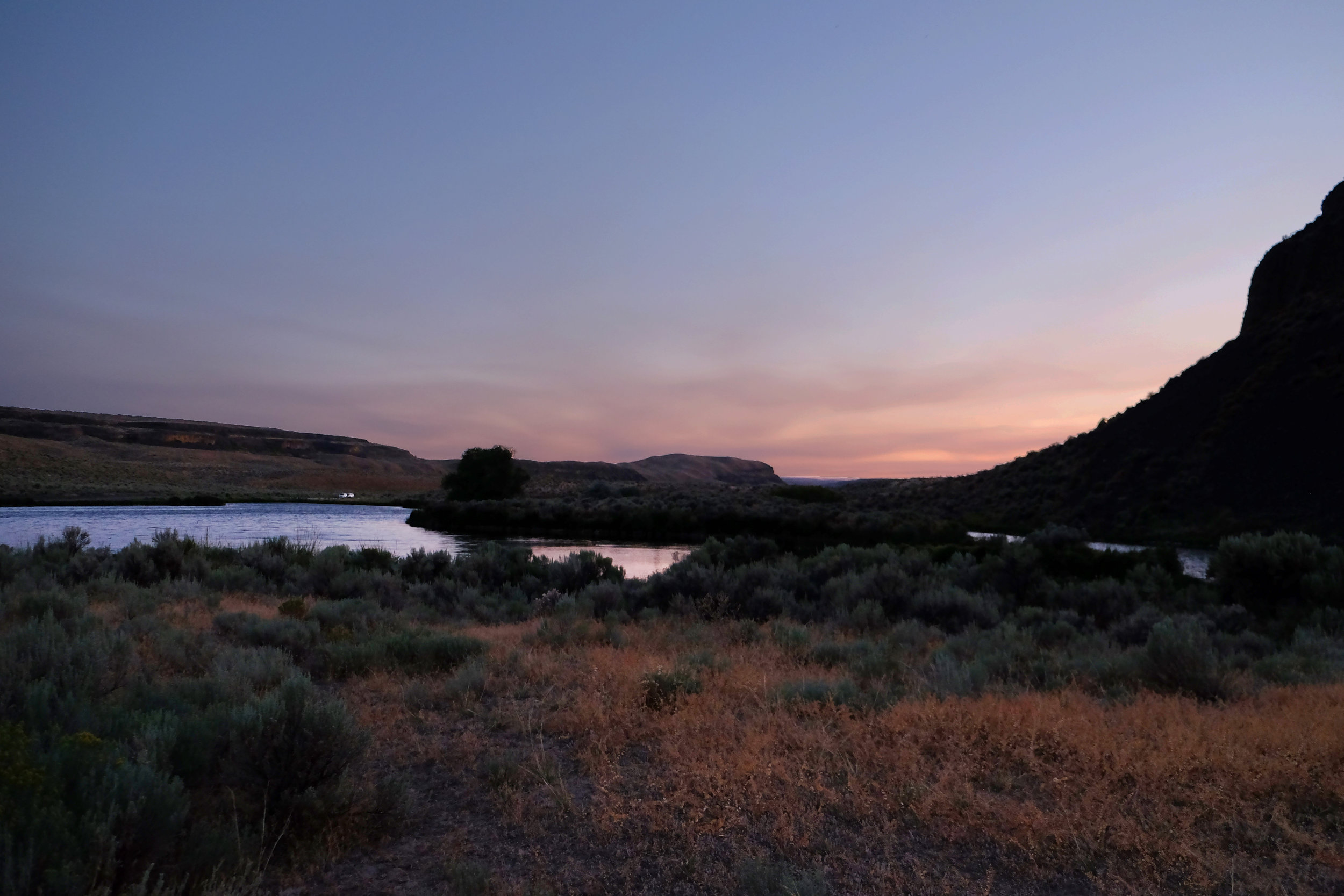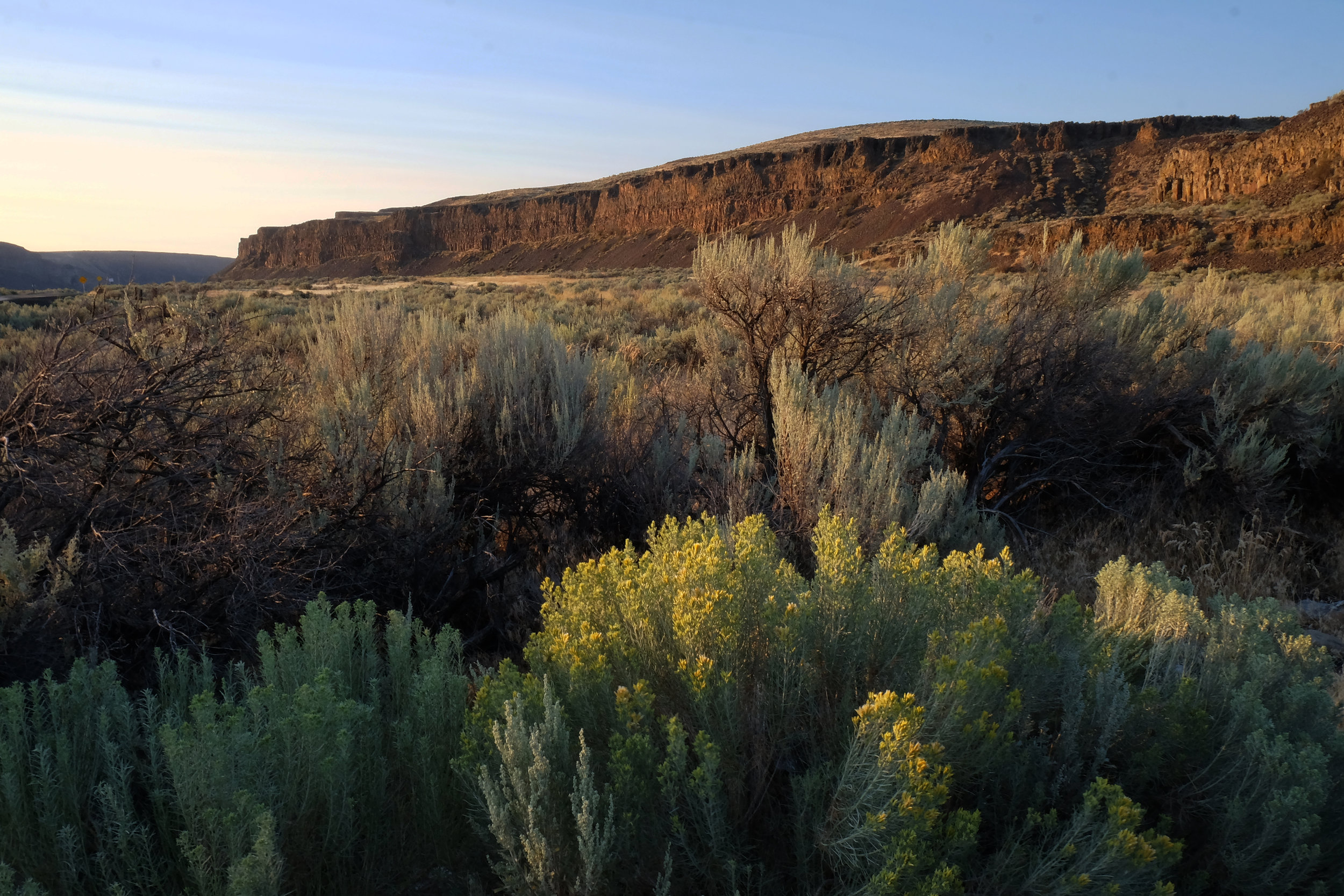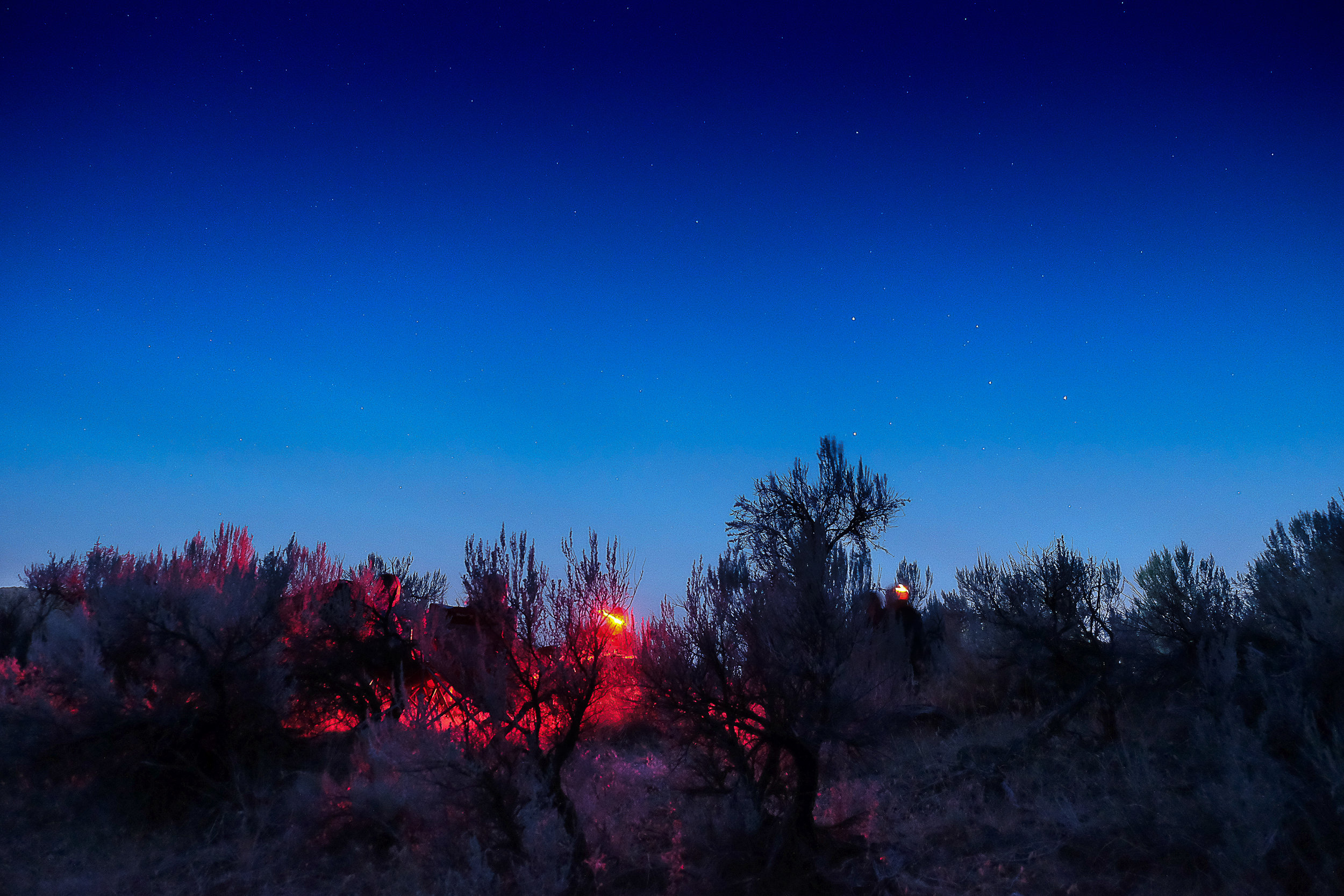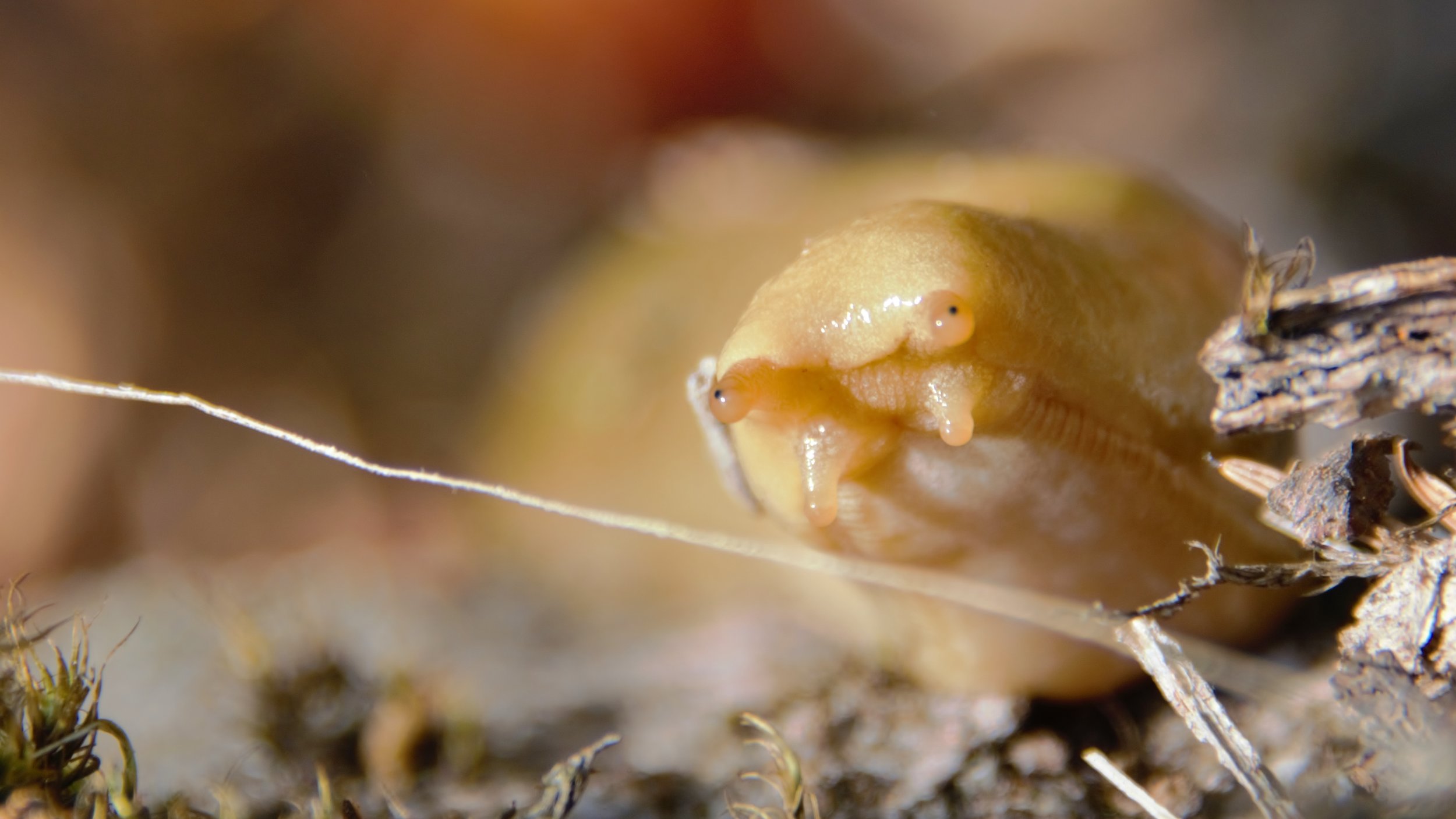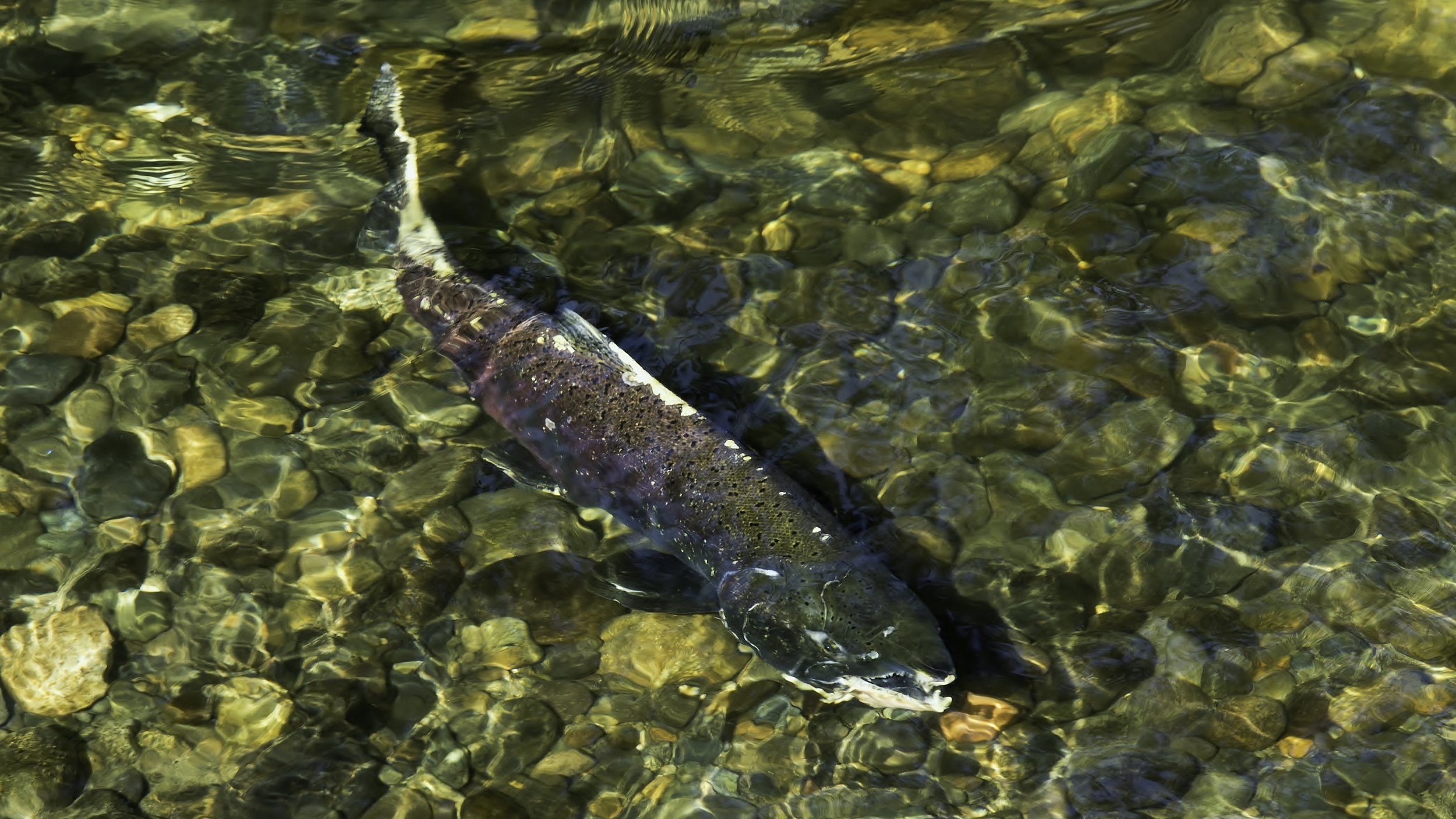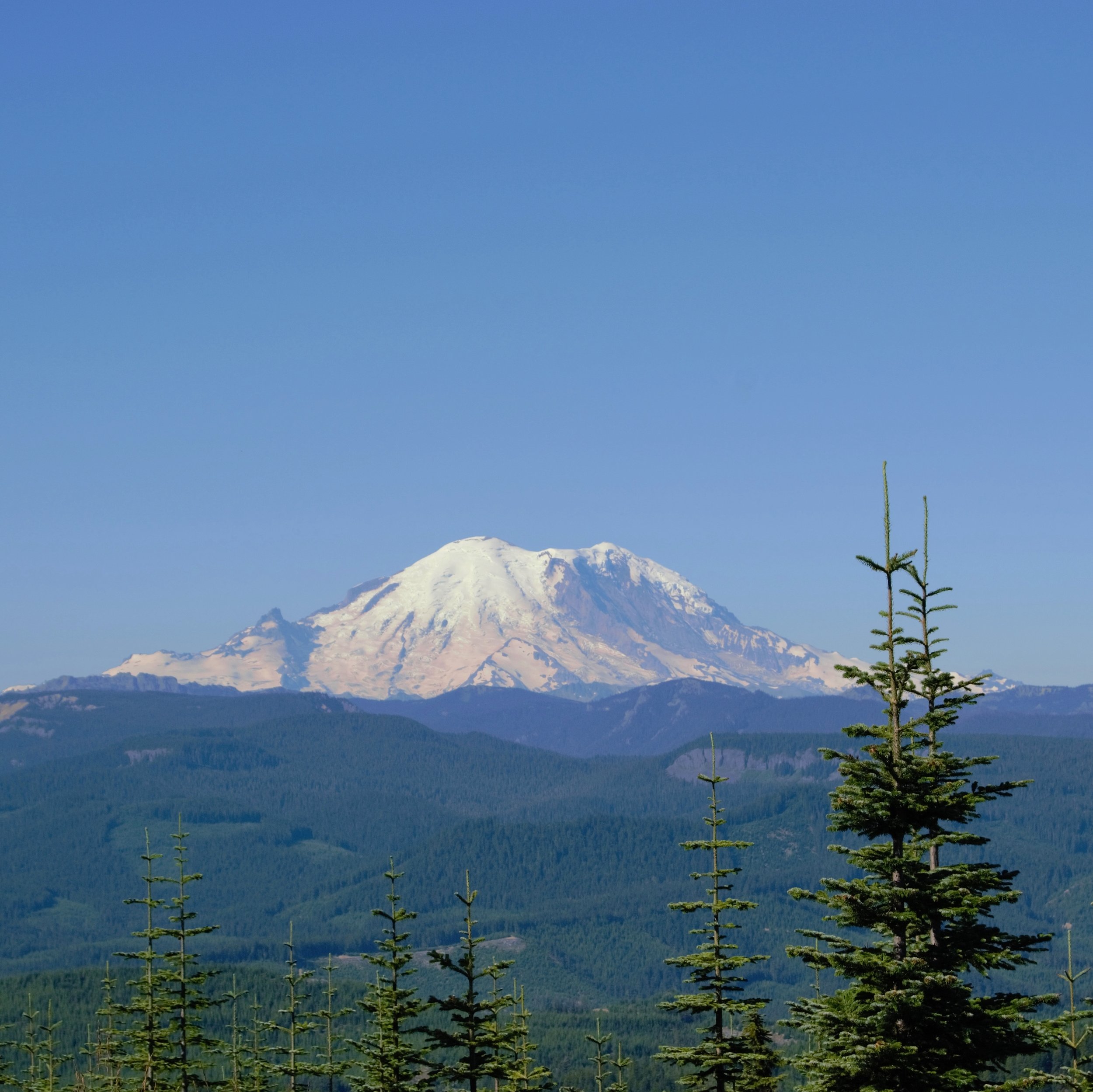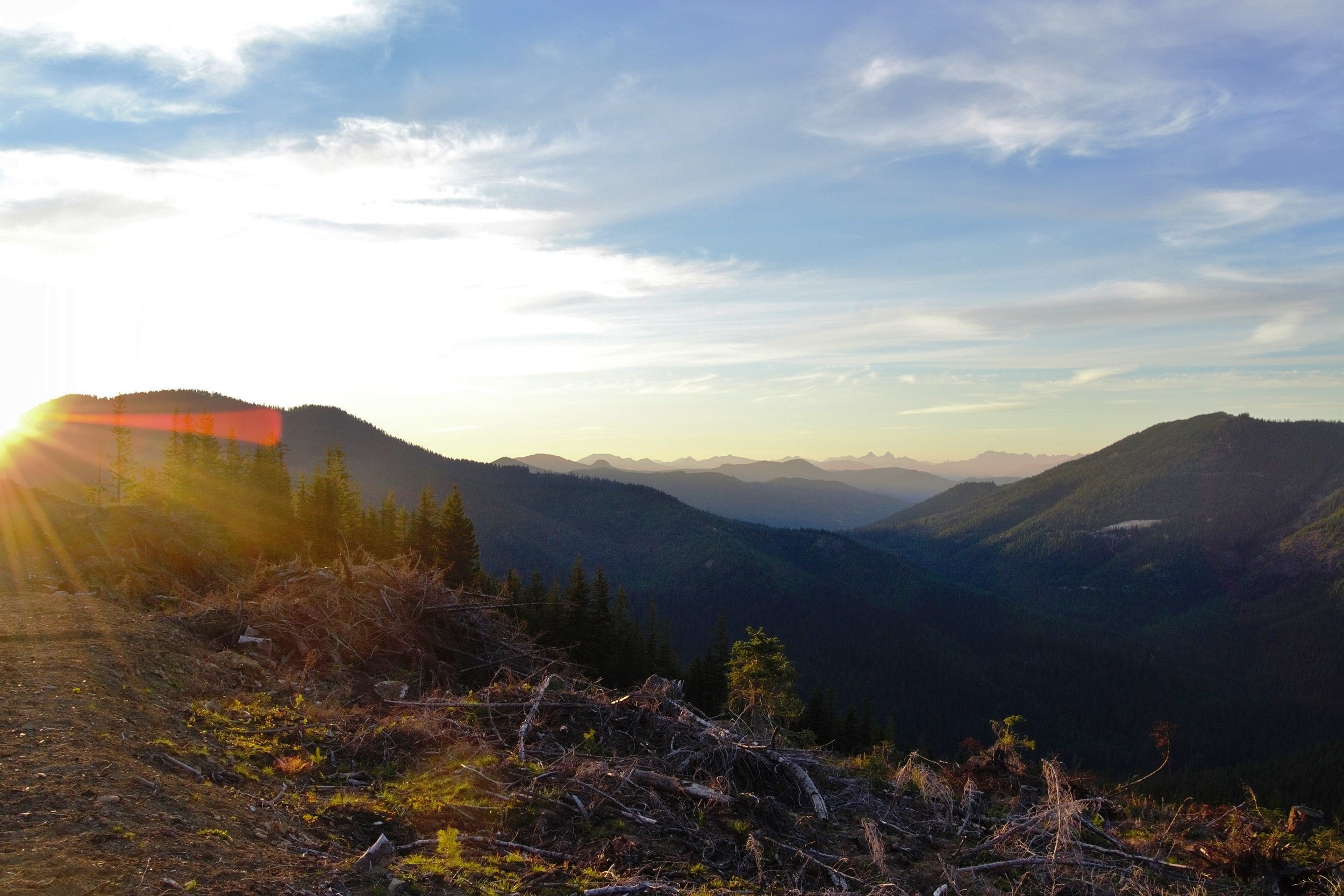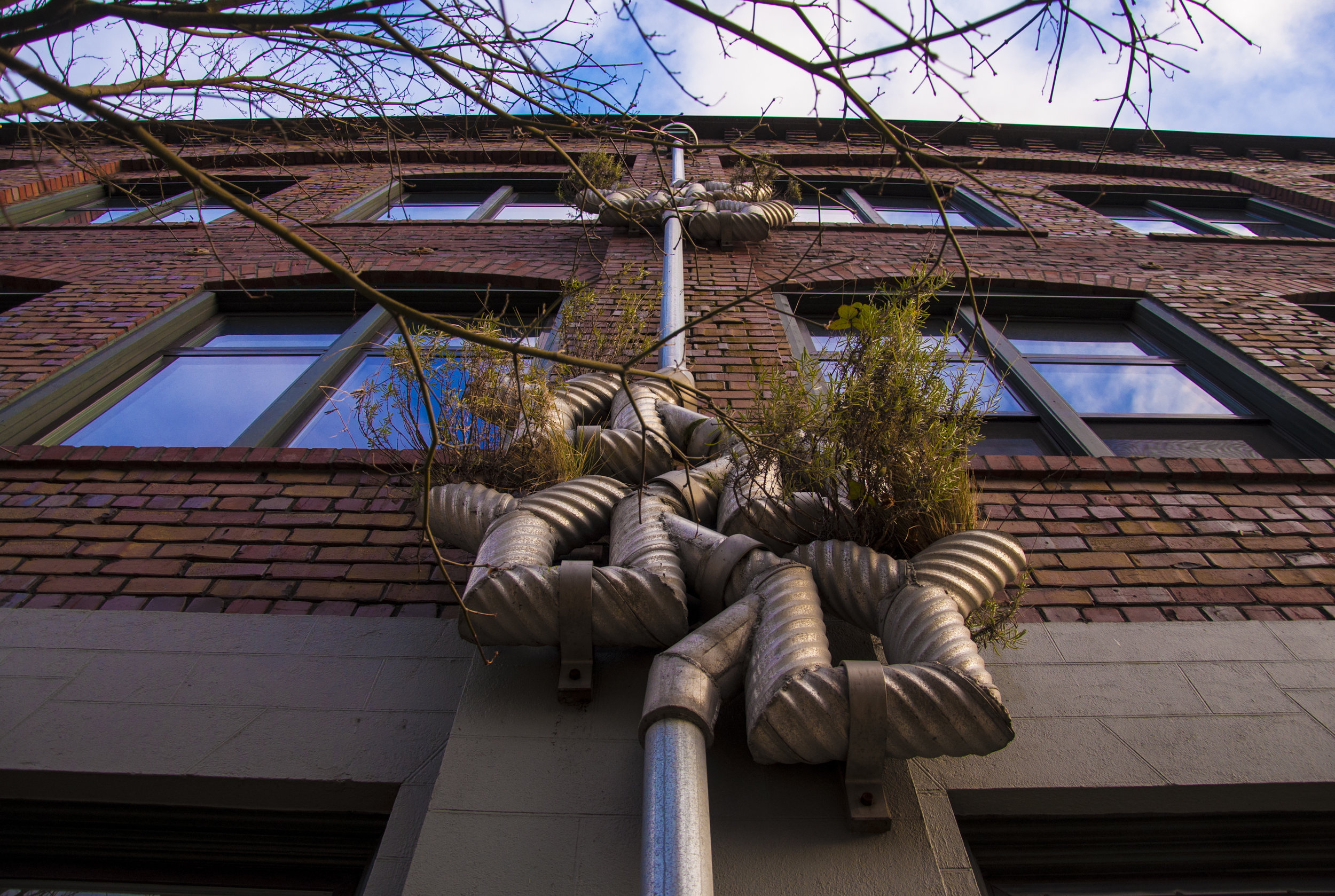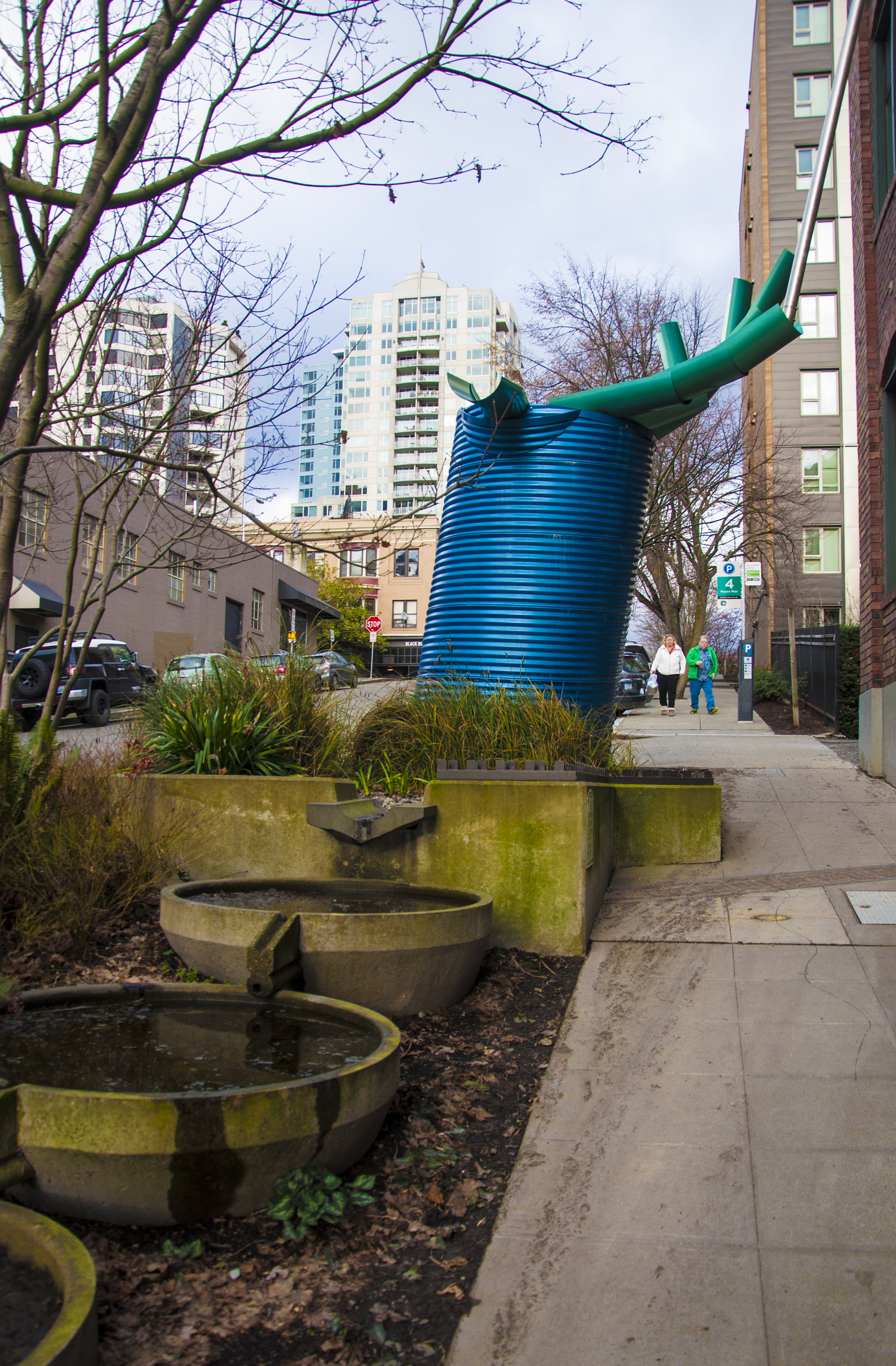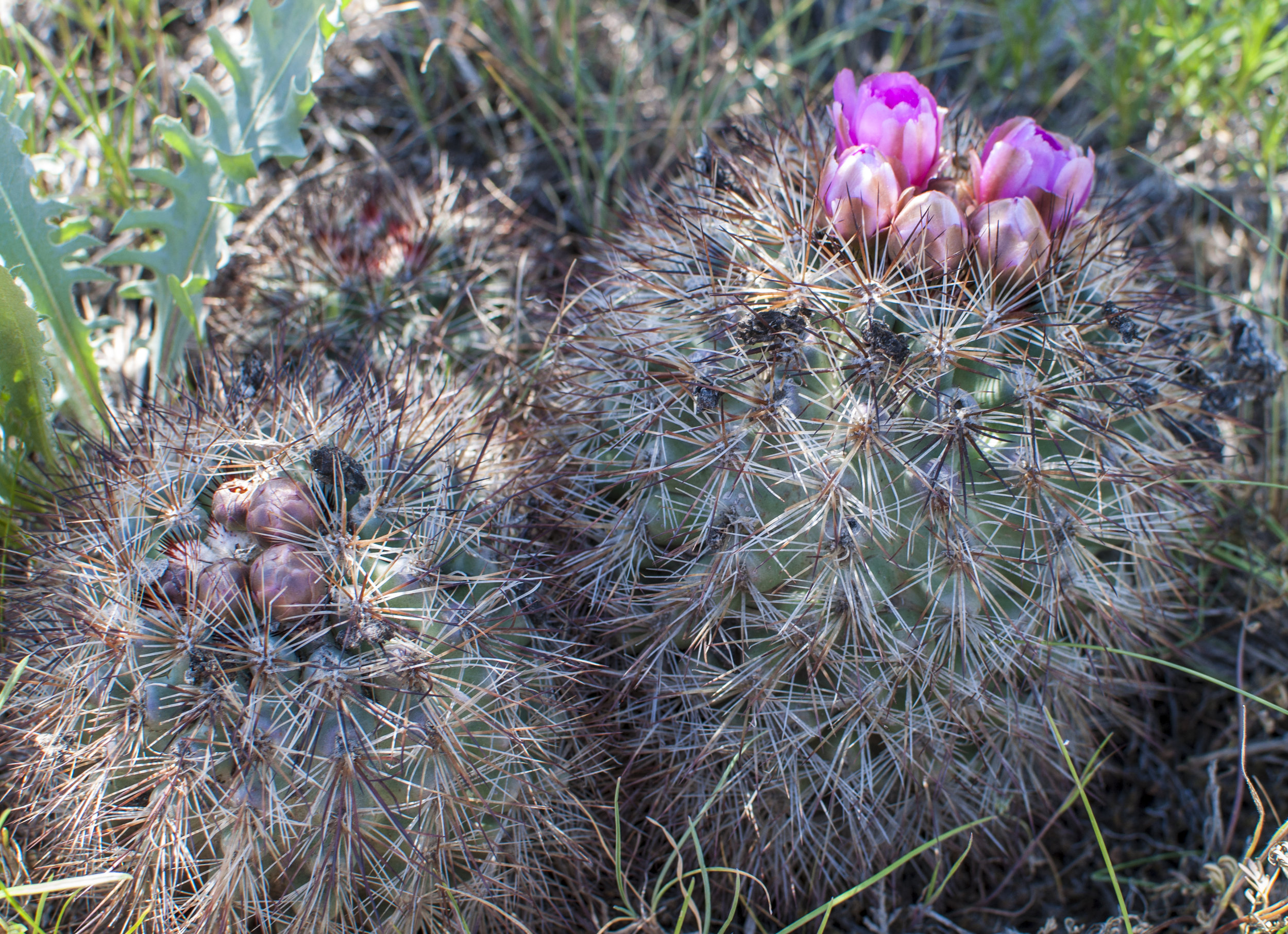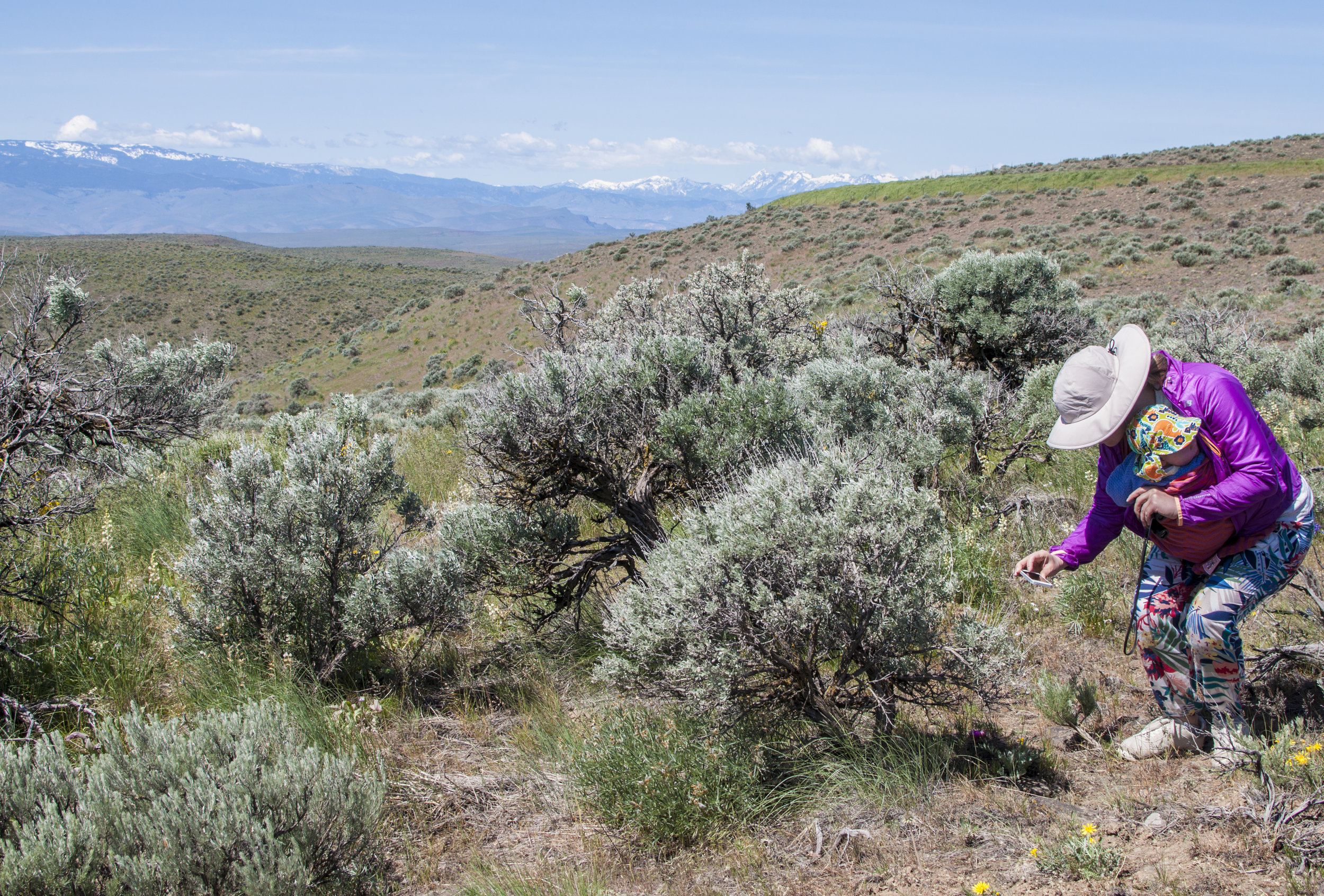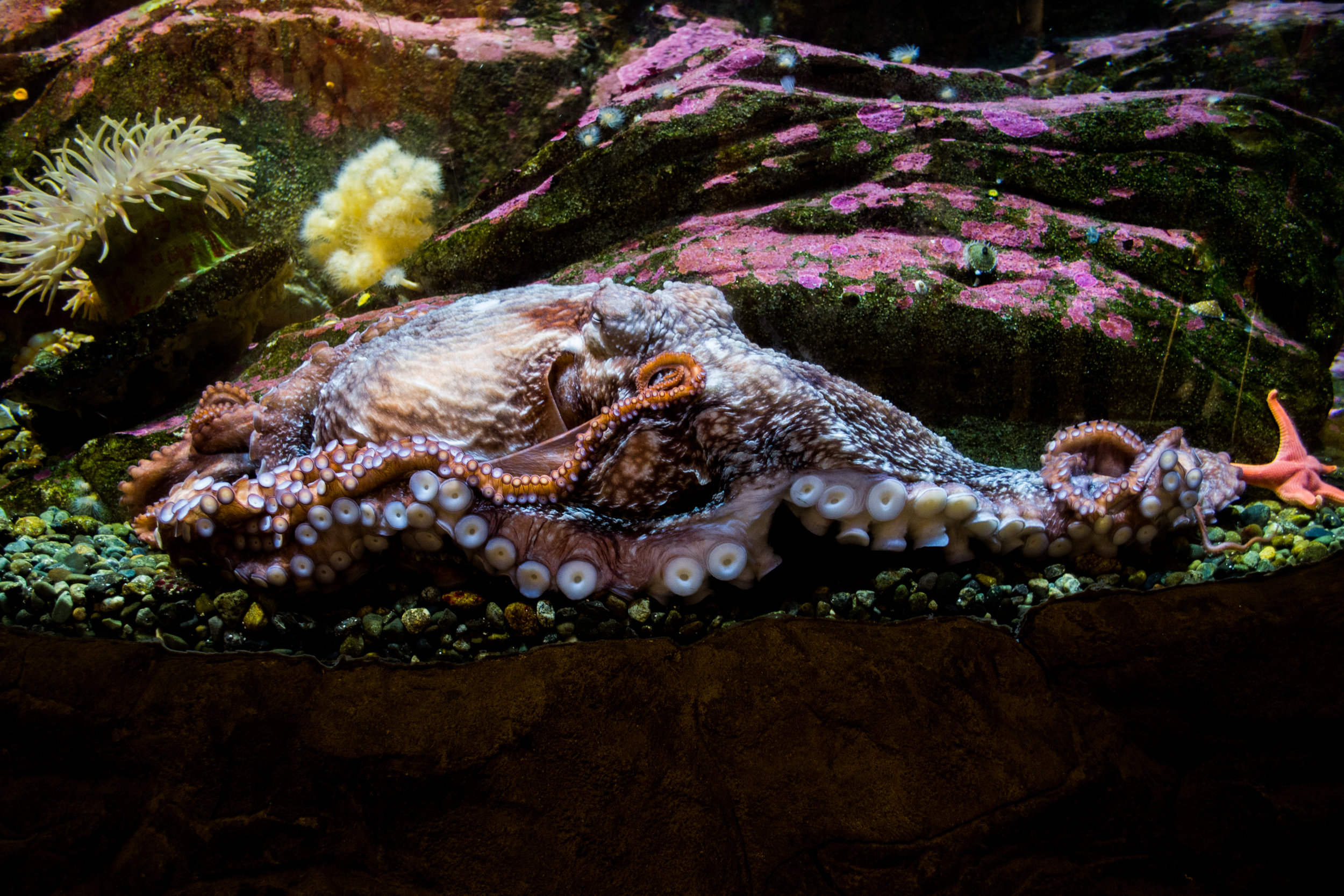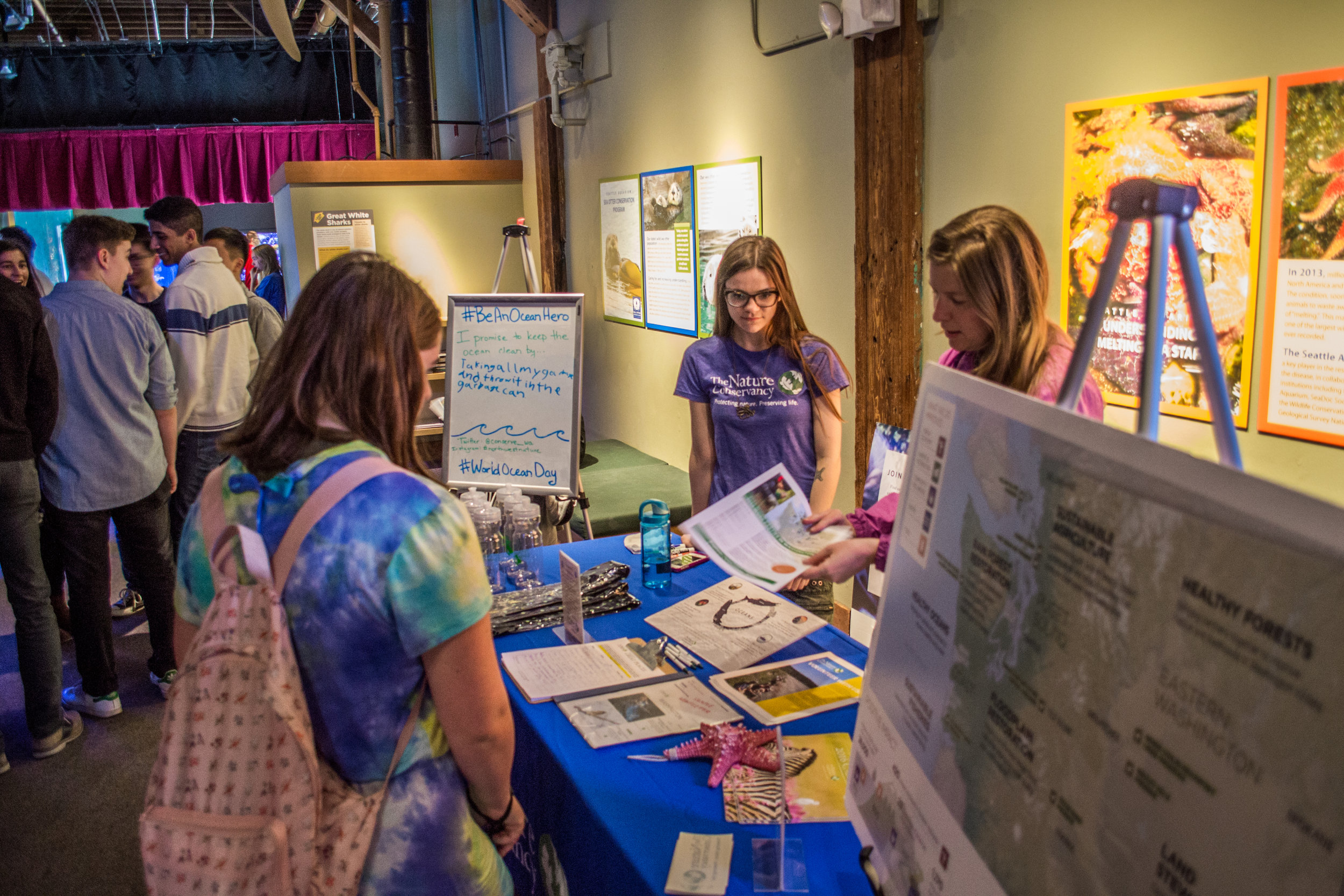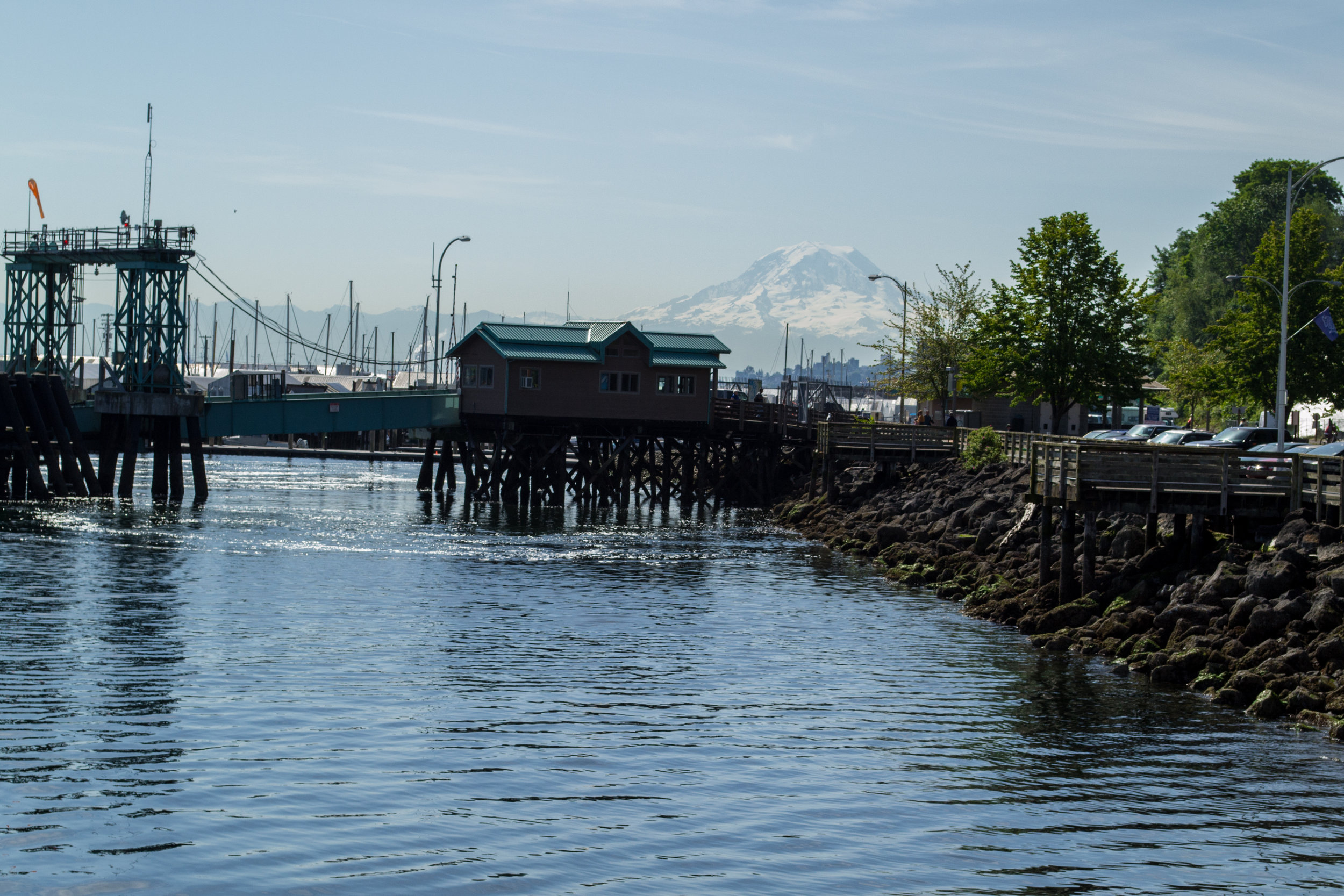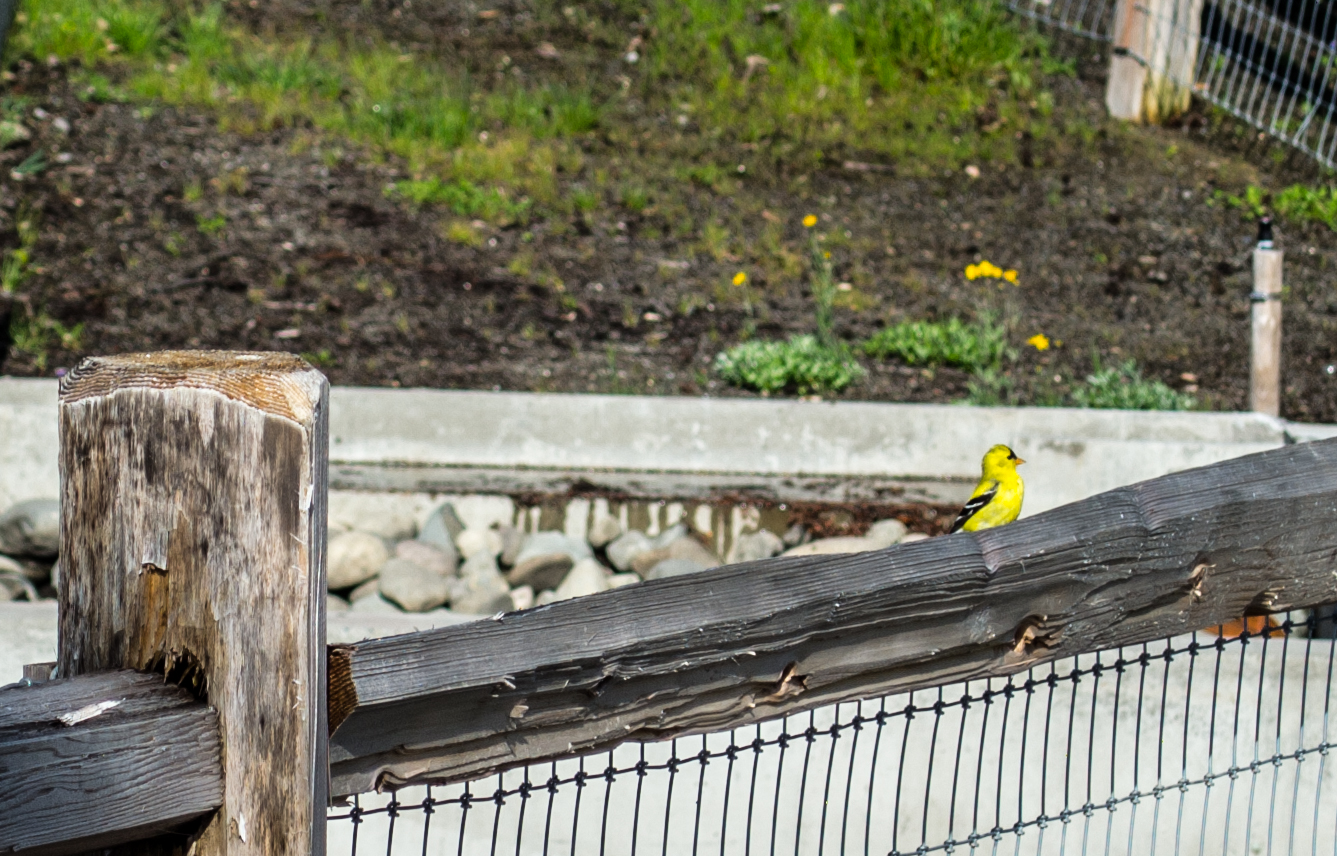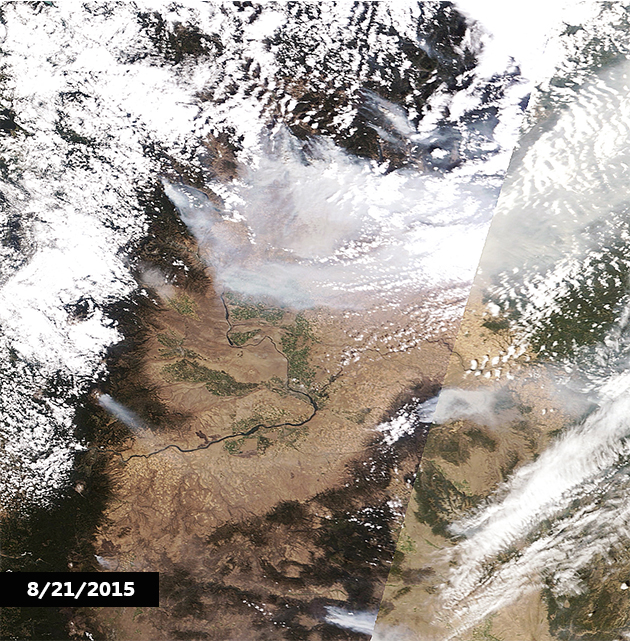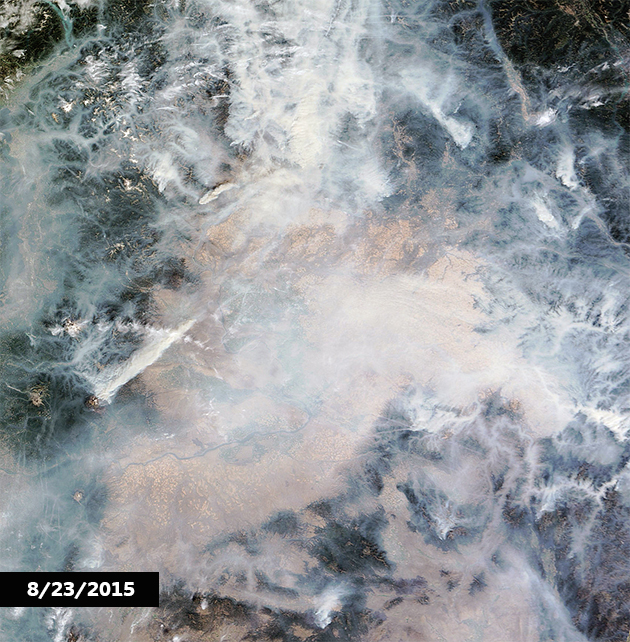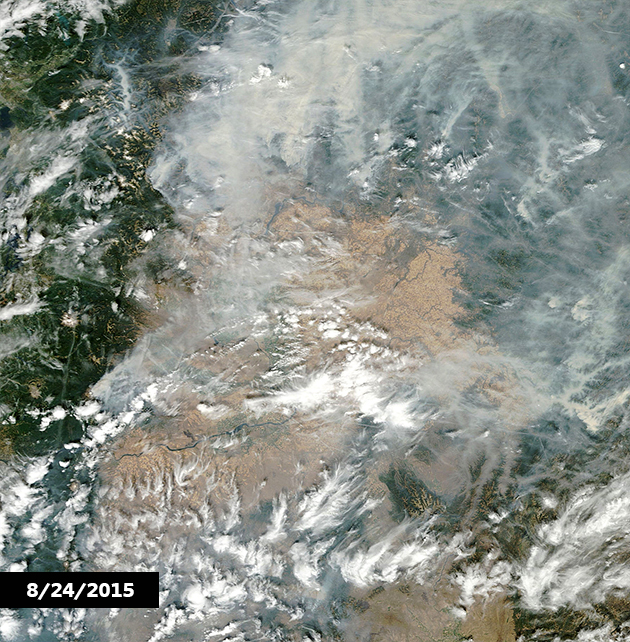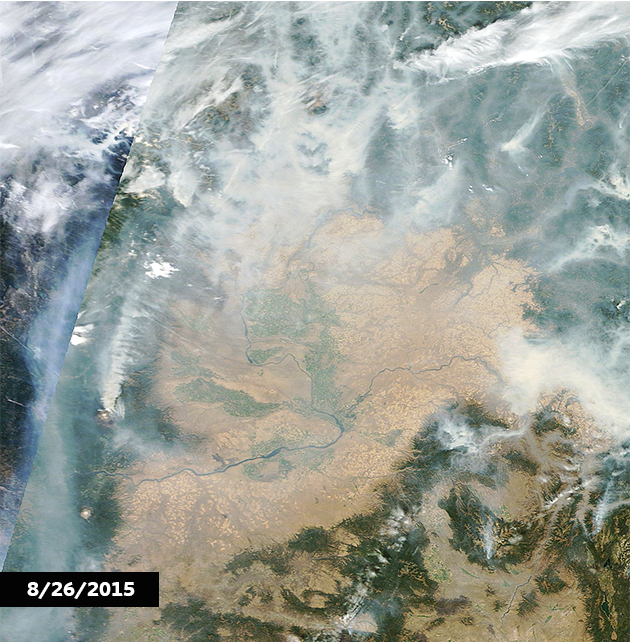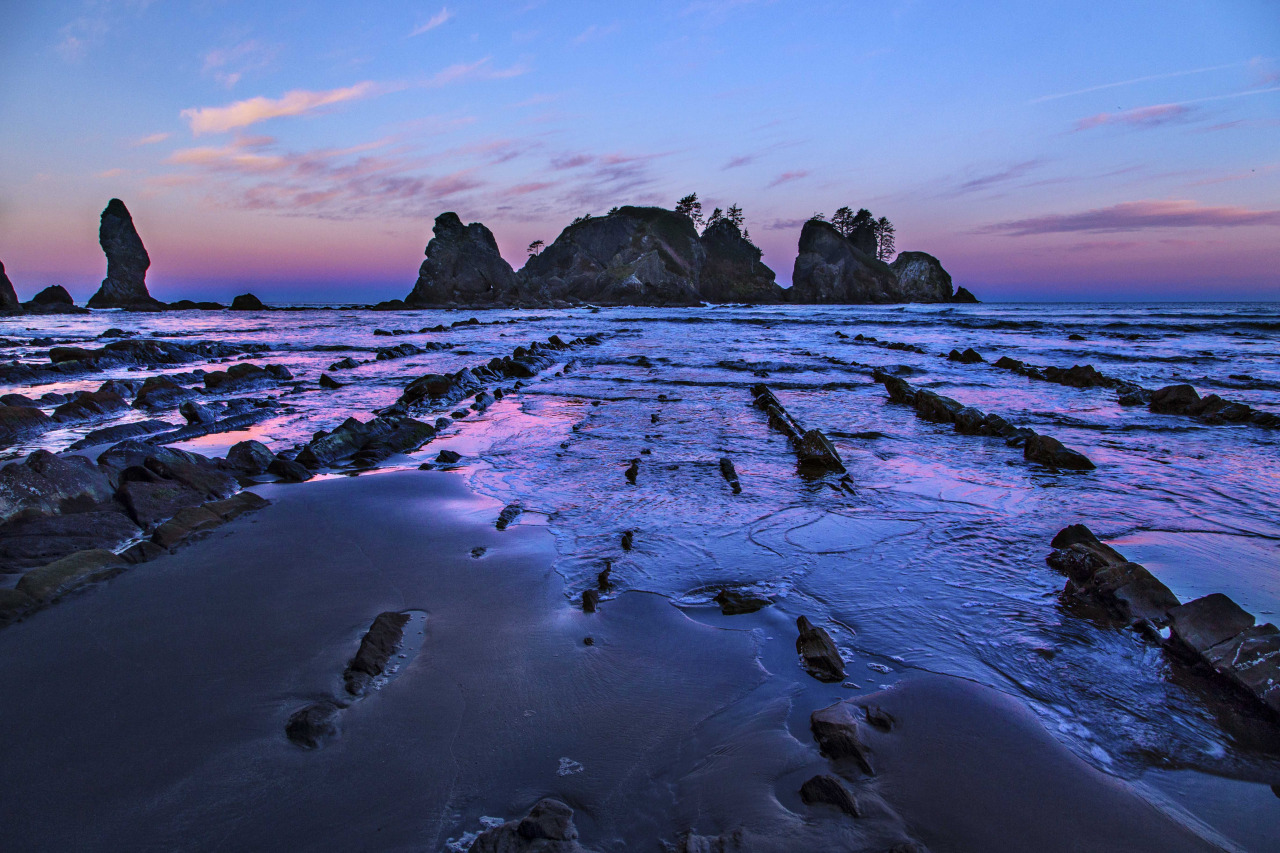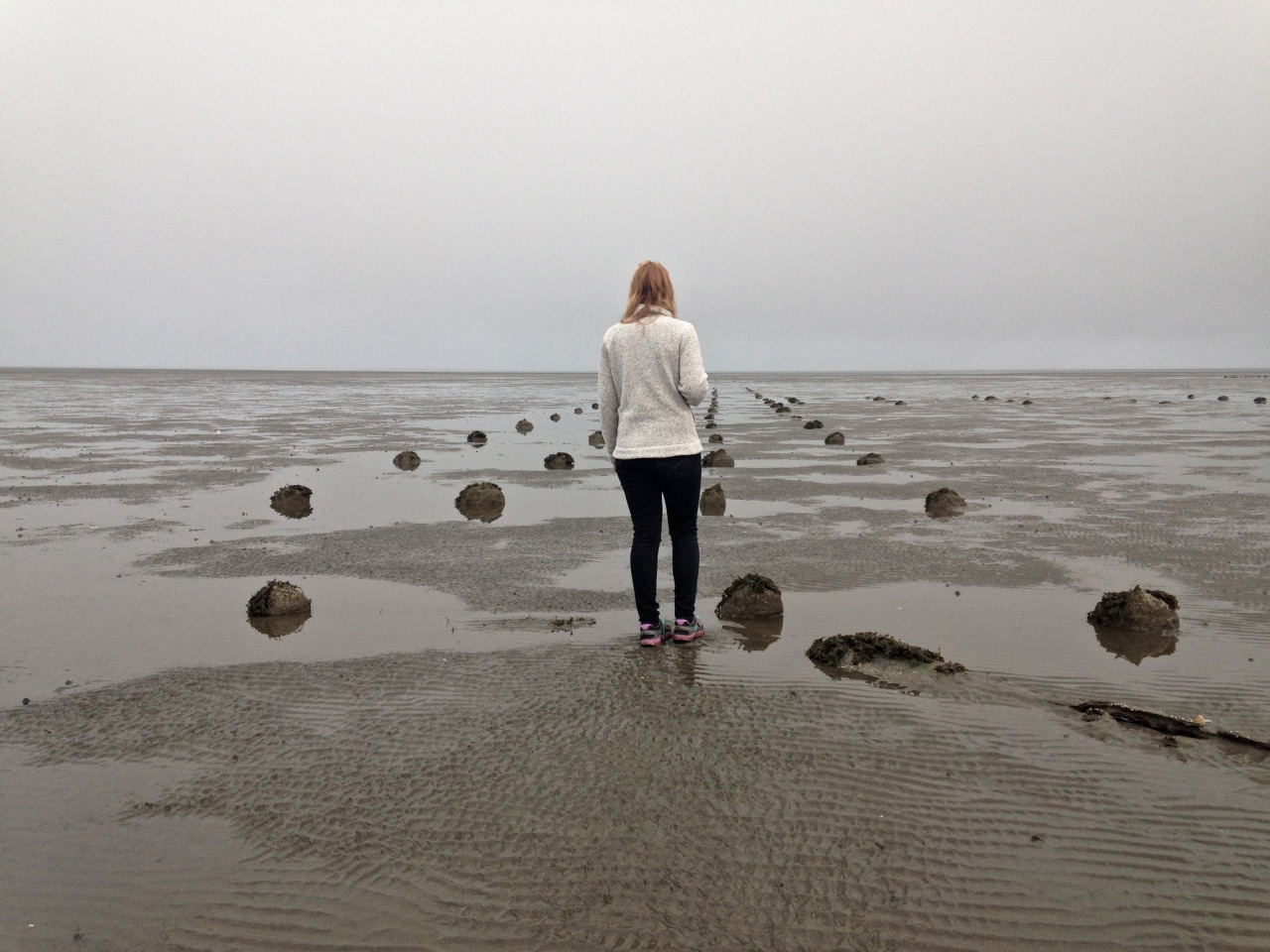Written and Photographed by Joshua Stern, Northwest Photographer
Every autumn there is an amazing transformation that takes place in the North Cascades—the turning of the larches. These beautiful deciduous conifers abandon their summer green for the warm glow of fall. This natural phenomenon is best showcased amongst the granite peaks and alpine lakes of The Enchantments. To protect this fragile environment wilderness permits, which are limited and difficult to obtain, are required for overnight trips. Unfortunately, I was unable to secure a permit during peak season and knew my only option was a one-day thru hike.
I have always been reticent about thru hiking this route knowing the 18-mile grind would keep me out of the core of the Enchantments during the golden hour. Watching the weather I realized there would be a single bluebird day immediately following a snowstorm. Despite my reservations, the thought of golden larches, alpine lakes, and granite peaks dusted in snow was too powerful to be ignored.
All I can say is the Enchantments blew me away. For the majority of the hike I was in complete awe and left at a loss for words. Every turn in the trail brought a new magical paradise. Nothing exemplified this like the view from Leprechaun Lake: a perfect reflection of golden larches and a snowy McClellan Peak painted on the lake’s still surface. To capture this image, I had to balance, crouching precariously, on the slippery rocks at the edge of lake. Even today, I am left with a perfect memory of that moment, framed in my mind.
I spend much of my time in the mountains and when I am not out in the wilderness I am home thinking about where to explore next. I keep heading back into the mountains for the adventure and challenge each new experience brings. I love our public lands and cherish the environment, as they are what fuel me. However, now more than ever, I fear for their preservation. It's up to us to fight for these special places.
Joshua Stern is a New York transplant who fell in love with the wild landscapes of the Pacific Northwest. He spends his time in the mountains climbing alpine rock, skiing backcountry powder, and backpacking while always searching for the perfect image. You can see more of his work and follow his adventures on Instagram @alpinenapping.













